Behind the Viral Post Generator: How I reverse-engineered LinkedIn virality (and went viral myself)
LinkedIn is full of narcissists, and I have the data to prove it.

LinkedIn is full of narcissists, and I have the data to prove it.
It all started when I wanted to go viral on LinkedIn. Rather than simply guessing what might work, I took a data-driven approach, scraping posts and analyzing what drives engagement. What I discovered was surprising (and depressing): The most successful posts are overwhelmingly self-centered, with people talking about themselves in supposedly “inspirational” ways.
Instead of joining the self-congratulatory parade, I decided to call it out. I built the Viral Post Generator, a tool that automatically creates eye-roll-worthy posts, making the formula painfully apparent to everyone. In a delightful twist of irony, this tool mocking viral content went viral itself.
In this post, I'll share how that happened and what I learned about product-market fit, distribution, and modern virality along the way.
The Birth of the Viral Post Generator
About two-and-a-half years ago, I decided I wanted to go viral on LinkedIn. That was my goal: to write a post that would take off. Naturally, I started wondering what truly makes a LinkedIn post go viral in the first place.
So, I did what any curious marketer would do. I scraped over 200,000 posts and filtered them based on engagement metrics to identify distinct patterns among the most successful ones. I specifically checked if keywords were causing them to go viral. After analyzing all that data, it was pretty obvious what was happening.
These viral posts all followed the same formula. The LinkedIn user shared some personal story with lots of dramatic highs and lows, giving vague advice about “hanging in there” or “believing in yourself.”
This insight led me to create the Viral Post Generator, a parody tool that generates cringeworthy LinkedIn posts based on minimal input. The concept was simple:
- Tell the generator what you did today.
- Add any “inspirational” advice.
- Choose a cringe level (low to high).
- Get a perfectly crafted viral post that mimics the exact patterns of successful LinkedIn content.

The technical approach was straightforward, especially by today's standards. This was before ChatGPT rolled out to the public. Using the most viral posts of all time as inspiration, I created about 50-100 templates to serve as the foundation.
For the interactive element, an AWS library provided natural language processing to analyze user inputs, match them with the right template, and even adjust the text slightly to fit the sentence structure. The entire project came together on the no-code platform Adalo, proving that deep technical skills aren't necessary to create something that truly resonates with people.
How a Parody Tool Actually Went Viral
Having built a tool that parodied viral content, my next challenge was getting people to use it. The initial launch fell completely flat. After sharing the Viral Post Generator across X, LinkedIn, and Reddit, all I heard was crickets. Nobody seemed interested.
This initial failure taught me a crucial lesson: Having a good product isn't enough. Distribution strategy makes all the difference.
Pivoting tactics, I began tagging social media profiles that regularly criticized LinkedIn's culture of self-promotion. By positioning the tool as being “inspired by them” (despite never having interacted with these accounts before), these larger accounts began sharing my product, giving me instant access to their established audiences.

On Reddit, my posts initially faced deletion for promotional violations. By reframing the conversation to involve the community, telling them I created the tool for them, and inviting them to share their best creations, these restrictions transformed into opportunities for engagement.
People who feel like they helped spark an idea are much more likely to support it. By giving people credit, I gave them a reason to share what I’d built. It was one of the most effective ways I found to reach audiences I would’ve never accessed as a newcomer.
When Acquisition Comes Knocking
As the Viral Post Generator started to take off, I got a message from the founder of Taplio, a platform that helps users grow their LinkedIn presence. He saw the tool’s potential as a brand awareness play and wanted to acquire it.

At first, I wasn’t sure. There was something incredibly satisfying about building something that had my name on it. But as traffic started to slow and the reality of sustaining momentum kicked in, the offer started to look more appealing. I was tired. Keeping the tool alive meant constantly promoting it — posting, replying, and finding new ways to keep people interested.
Behind the scenes, the technical pressure was even more intense. Sleepless nights became the norm as I constantly worried about the site crashing while thousands of visitors were actively using it. As a solo creator with no support team, the stress of being “internet famous” had quickly lost its charm.
After weighing these factors, I quoted what I considered a high acquisition price. The Taplio founder immediately declined, not even offering a counteroffer. Instead, we agreed to a 24-hour test: I would include an ad for Taplio in my generator to measure its brand awareness value before determining a fair price.
The Last-Minute Viral Push
As the 24-hour window started, I noticed our numbers dropping. I needed one last shot at making this work. I thought, “Where haven't I tried posting yet?” I remembered there's a subreddit called r/InternetIsBeautiful where people share cool new tools they find online.
I posted there, and it blew up immediately. Someone saw my post on Reddit and shared it on X. That post went crazy viral. Within a few hours, it hit 22 million people and nearly 180,000 likes. It was completely unexpected.
The chain reaction intensified as Reddit's official accounts began sharing the tool. Instagram pages with millions of followers picked it up, and thousands of users started posting about it across social platforms. In a single day, the generator reached 1.4 million users who created and shared their parody posts.

Then came the technical nightmare. Too many simultaneous visitors crashed not just my tool but the entire hosting platform. An Adalo staff member later confirmed their system went down specifically because of the traffic surge to my generator. After several tense hours, everything came back online, and the flood of users continued unabated.
By the time our 24-hour test concluded, the Taplio founder didn't even attempt to negotiate. He simply agreed to my original asking price — a clear indication I could have asked for more. But at that point, I was ready to close the chapter. What had begun as a weekend side project had transformed into an acquisition success story in just seven breathless days.
The Unbundling of Word-of-Mouth
Beyond the acquisition, this experience revealed something profound about how content spreads in today's digital landscape. Our conventional understanding of virality, one person telling two people who each tell two more, has become outdated.

what I call “word-of-Slack” and “word-of-WhatsApp.” True virality now occurs in private messaging platforms and closed communities, not on public social media feeds.
Modern word-of-mouth has fragmented into what I call “word-of-Slack” and “word-of-WhatsApp.” True virality now occurs in private messaging platforms and closed communities, not on public social media feeds. This insight fundamentally changed my approach to designing shareable experiences.
When I built the generator, I didn‘t bother with those social sharing buttons that nobody clicks anyway. Instead, I just wrote, "Take a screenshot and share it." Simple as that. I made it so users couldn’t copy the text directly. They had to take screenshots.
This was one of the best decisions I made. When people took screenshots, they grabbed my yellow background and watermark, too. They could share them anywhere they wanted, in their group chats, Slack channels, or DMs. My branding went along for the ride. This simple approach worked way better than fancy sharing widgets ever could have.

Post-launch analytics confirmed that private channels drove the majority of new users. By designing for these intimate sharing contexts rather than public platforms, the tool achieved exponentially greater reach than conventional social media strategies could have delivered.
The Amazon Approach to Product Development
Amazon has a brilliant framework for developing new products and features. Their teams start with the press release in mind, literally typing up what they imagine the TechCrunch or Business Insider headline might be before writing a single line of code.
This “working backward” approach forces creators to focus on what makes a product newsworthy. Instead of trying to figure out what features to develop and how to build them, Amazon teams start from the end: The headline that will announce the product. Only after they've clearly envisioned this announcement do they work backward to develop it.
For the Viral Post Generator, I applied this exact approach. Before development, I envisioned how tech publications might cover a tool that parodied LinkedIn's self-promotion culture. This mental exercise clarified what to build and why people would care enough to share it.
The coverage that eventually came from Business Insider, The Guardian, and BuzzFeed followed patterns remarkably similar to what I had imagined — not by coincidence, but because I deliberately created something designed to provoke a specific conversation.
By starting with the headline you hope to earn, you create a North Star that guides every development decision toward a product worthy of that coverage.

Tapping Into Shared Experience
Despite all the technical aspects behind my generator's success, the real magic came from tapping into something deeply human. I connected with a daily frustration that LinkedIn professionals experienced but rarely discussed openly.
What I created wasn‘t just a parody tool. It was permission to laugh at something we all found ridiculous, yet continued to participate in. I’ll never forget watching people's reactions when they used it: “Yes! Someone finally said it!” That moment of recognition created a connection far more potent than any technical feature could have.
This emotional element explains why my project spread so quickly. People who feel understood don‘t just use your product. They champion it. I learned something huge from all this: Great marketing isn’t about solving problems or adding features. It's about making people feel seen.
In a world where everyone‘s fighting for attention, sometimes the best strategy isn’t being the loudest or most cutting-edge. It‘s being the one who puts words to what everyone’s been thinking all along.
![]()










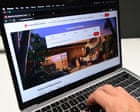














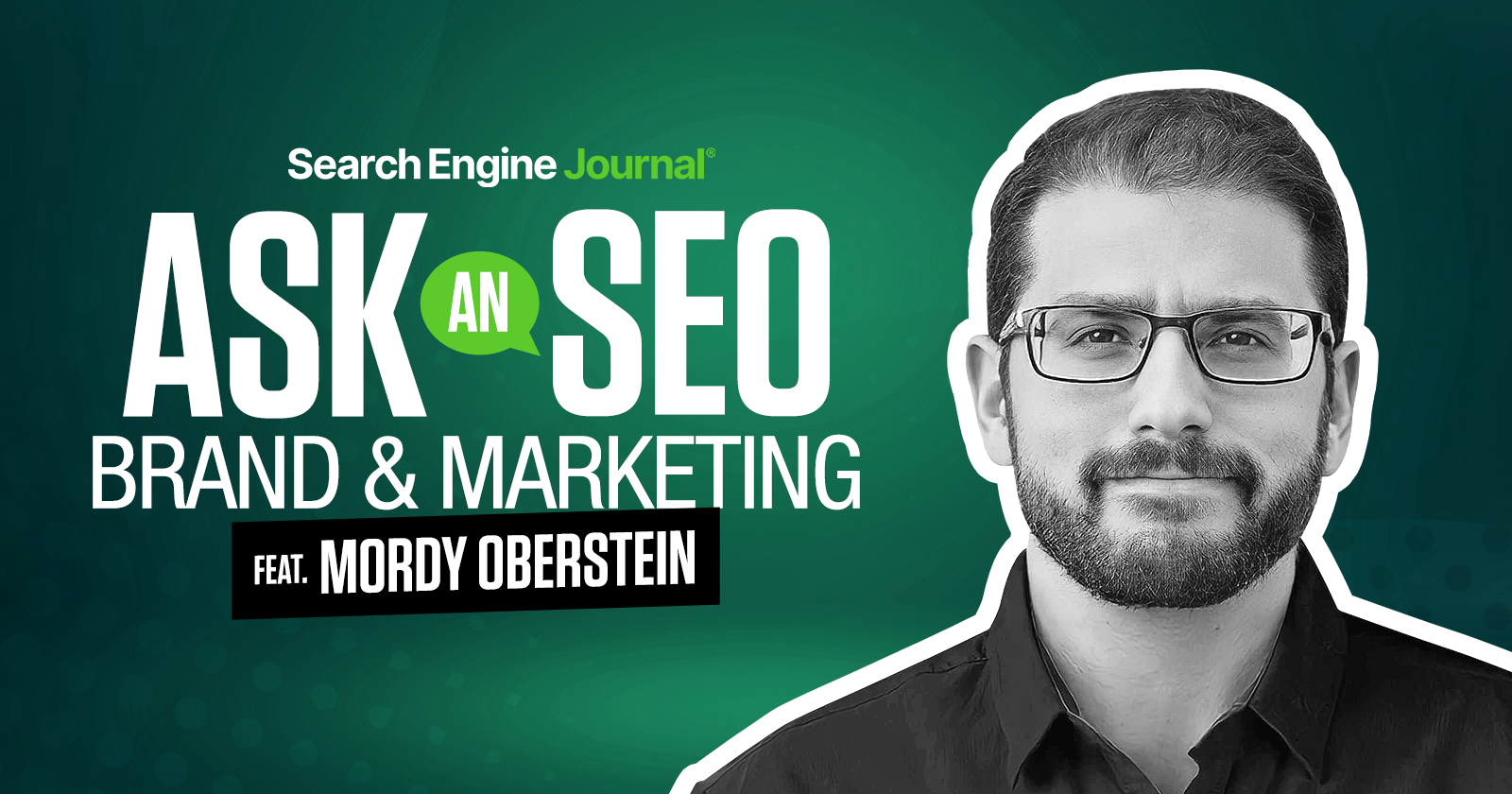










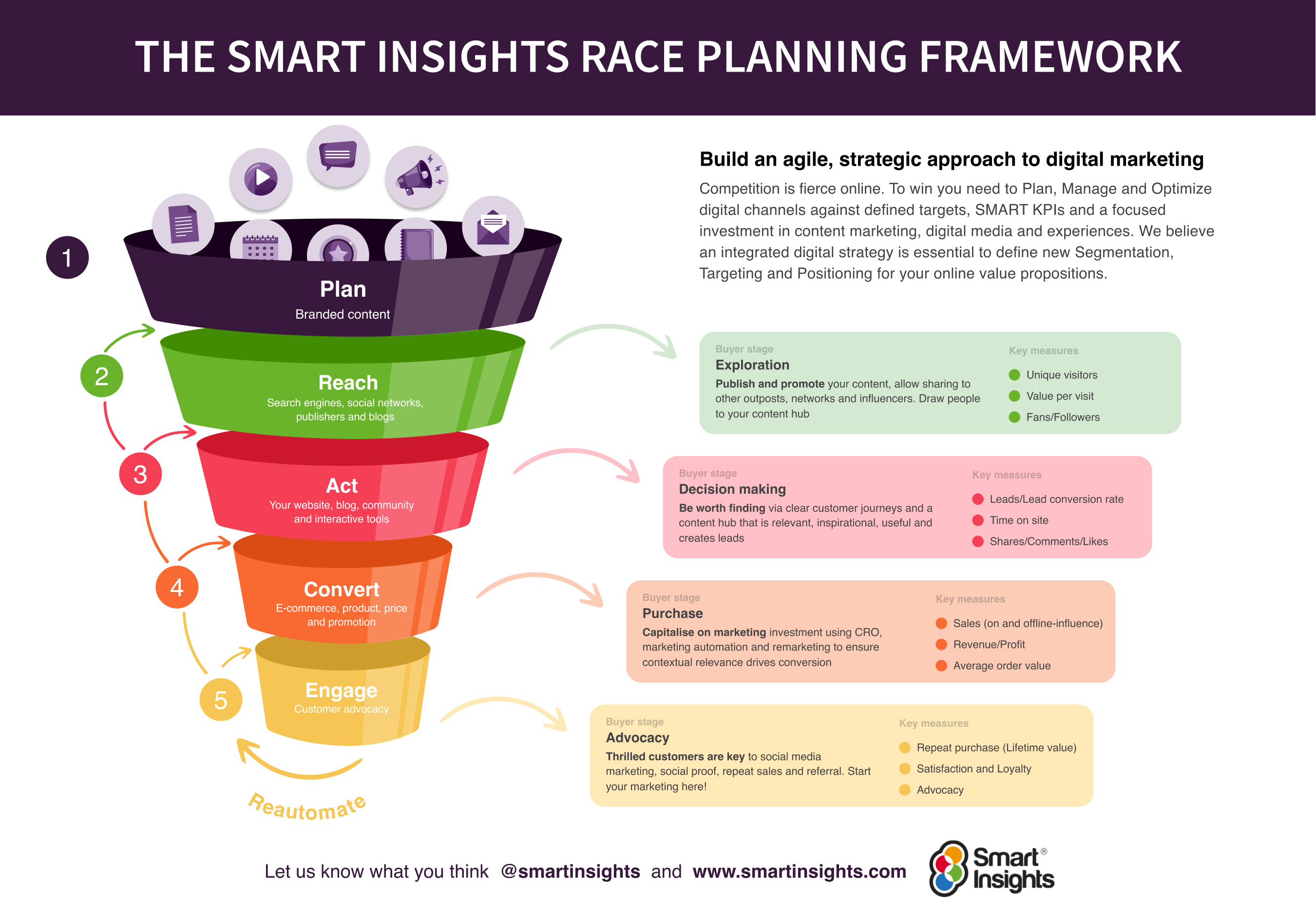












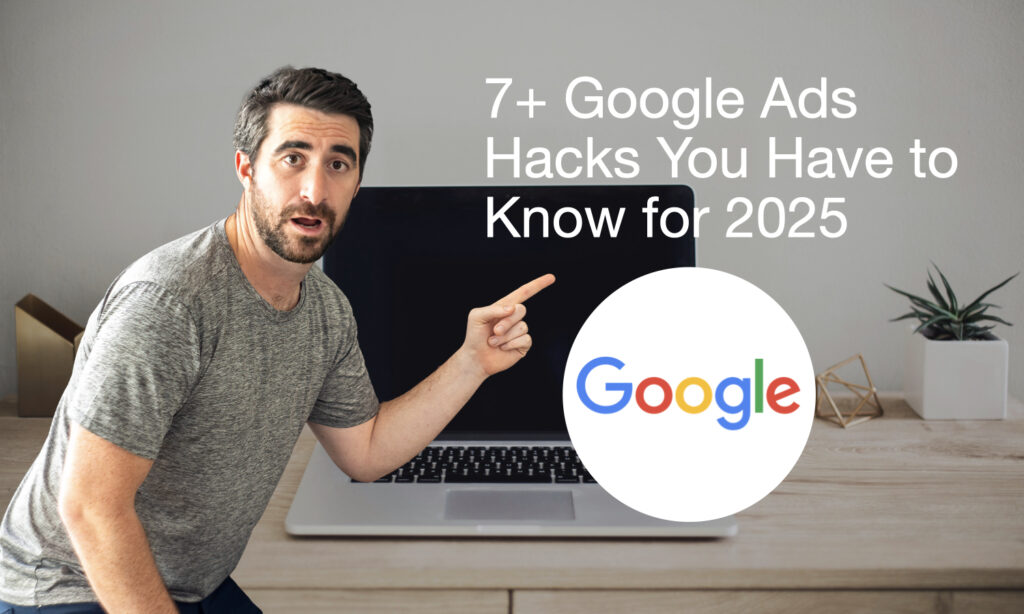



































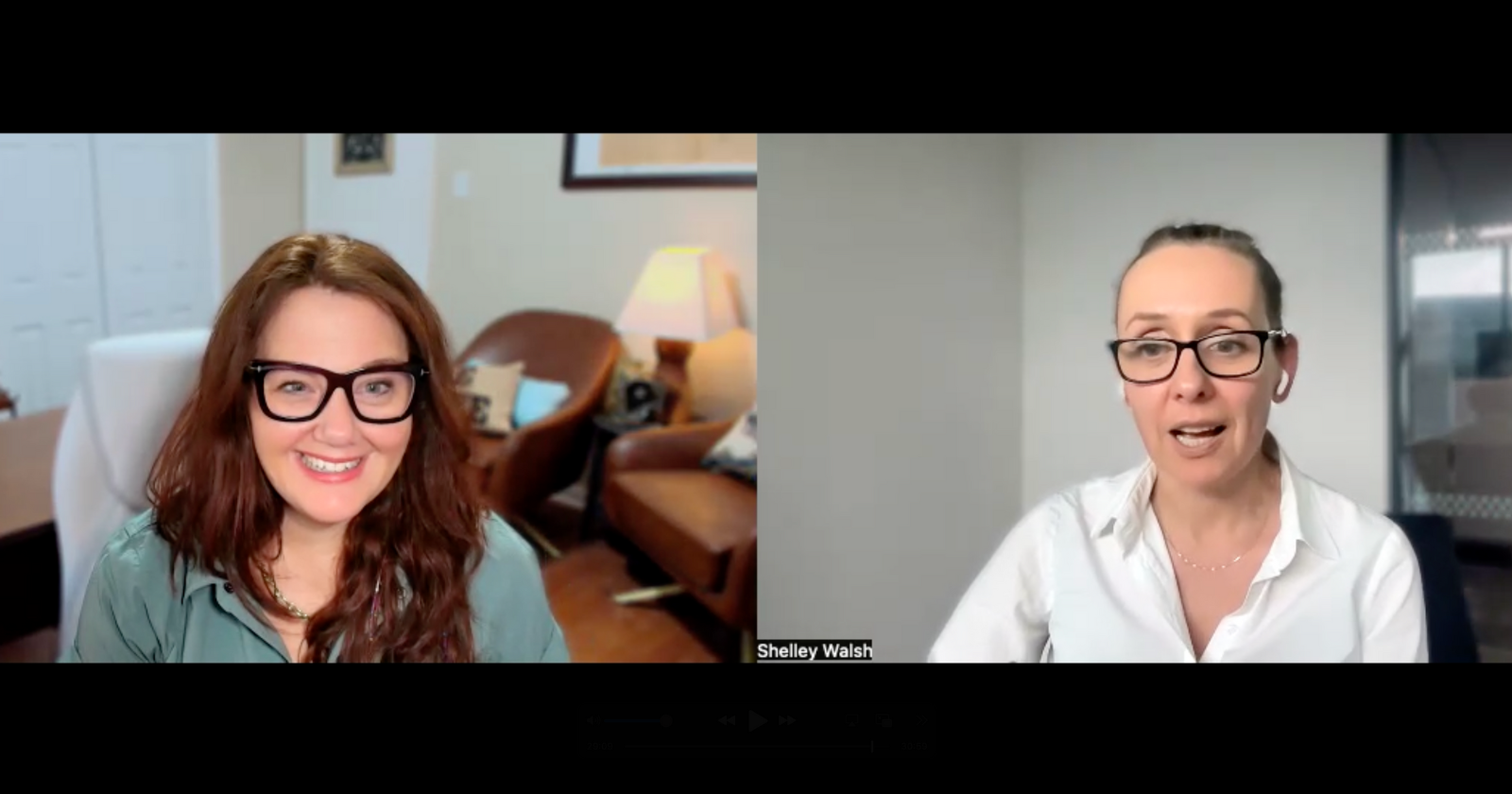
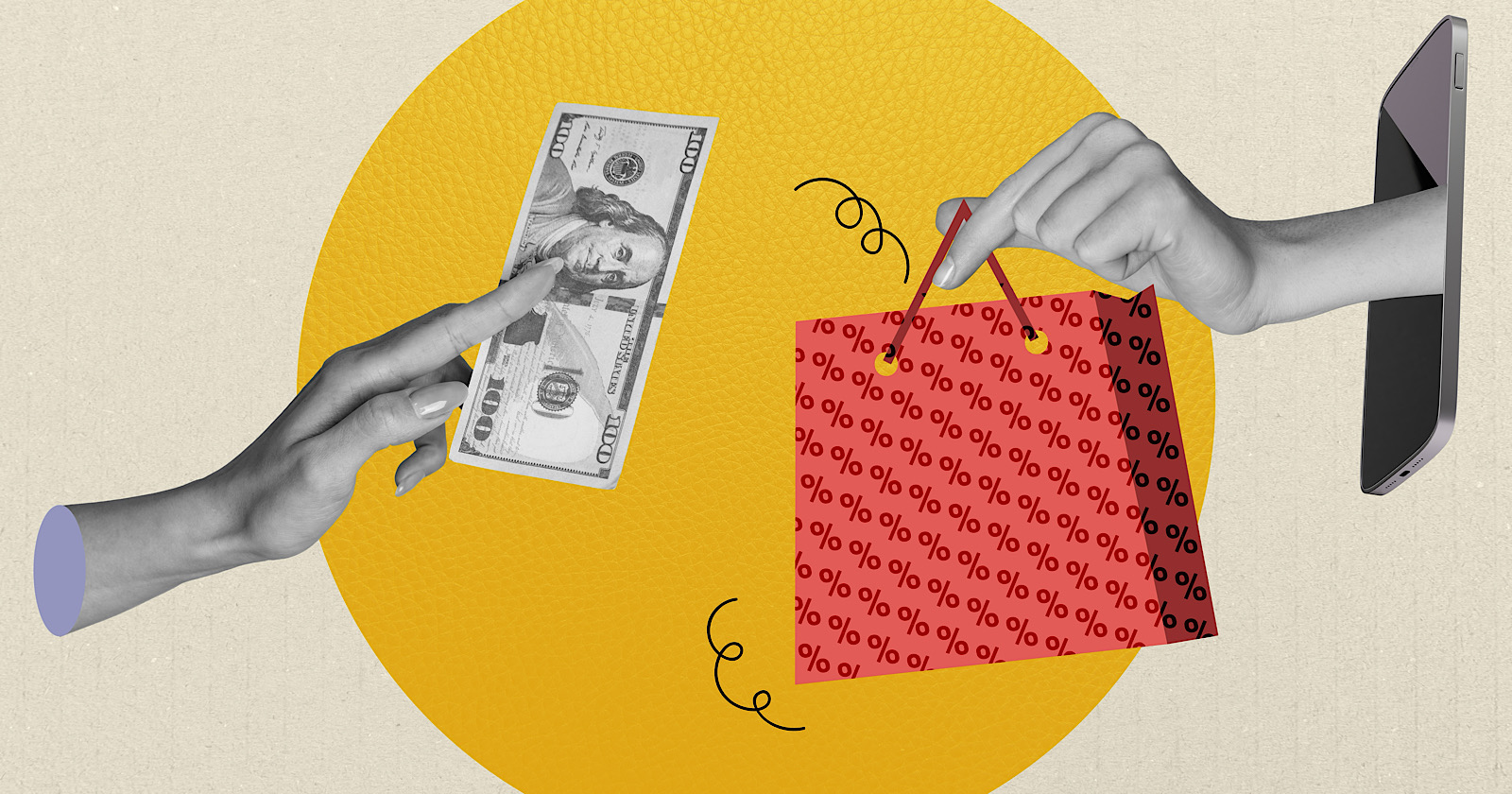


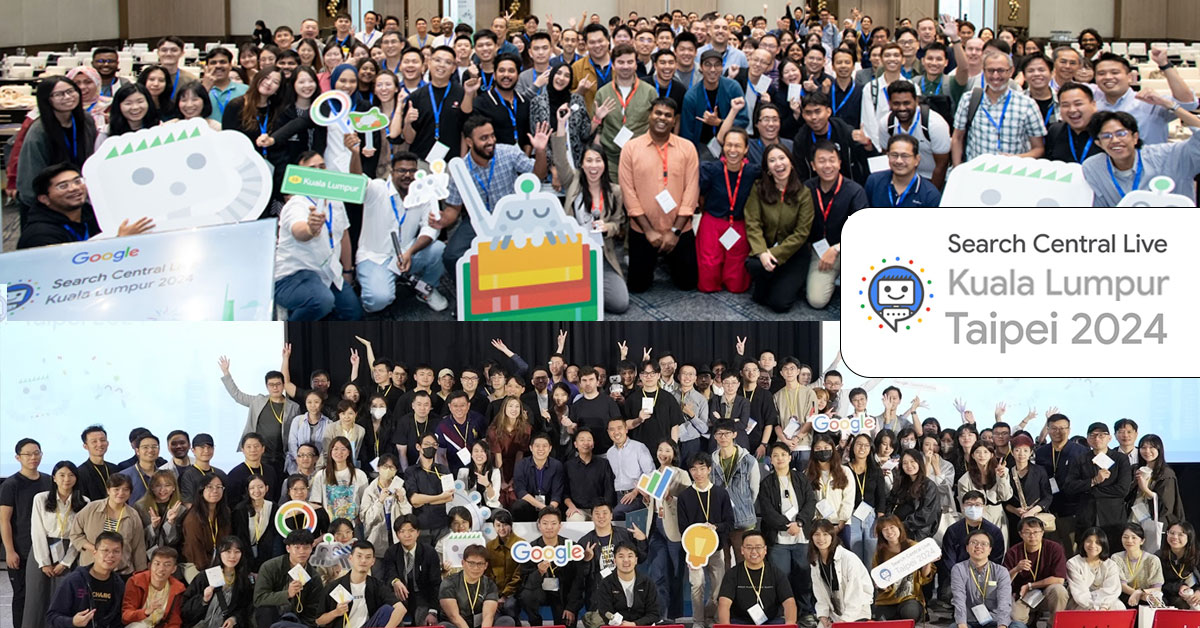

![Brand and SEO Sitting on a Tree: K-I-S-S-I-N-G [Mozcon 2025 Speaker Series]](https://moz.com/images/blog/banners/Mozcon2025_SpeakerBlogHeader_1180x400_LidiaInfante_London.png?auto=compress,format&fit=crop&dm=1749465874&s=56275e60eb1f4363767c42d318c4ef4a#)
![How To Build AI Tools To Automate Your SEO Workflows [MozCon 2025 Speaker Series]](https://moz.com/images/blog/banners/Mozcon2025_SpeakerBlogHeader_1180x400_Andrew_London-1.png?auto=compress,format&fit=crop&dm=1749642474&s=7897686f91f4e22a1f5191ea07414026#)
![How to Create an SEO Forecast [Free Template Included] — Whiteboard Friday](https://moz.com/images/blog/banners/WBF-SEOForecasting-Blog_Header.png?auto=compress,format&fit=crop&dm=1694010279&s=318ed1d453ed4f230e8e4b50ecee5417#)
![What Are Good Google Ads Benchmarks In 2025? [STUDY] via @sejournal, @brookeosmundson](https://www.searchenginejournal.com/wp-content/uploads/2025/06/benchmark-273.png)







![AI Content Is 4.7x Cheaper Than Human Content [+ New Research Report]](https://ahrefs.com/blog/wp-content/uploads/2025/06/ai-content-is-4.7x-cheaper-than-by-ryan-law-data-studies.jpg)

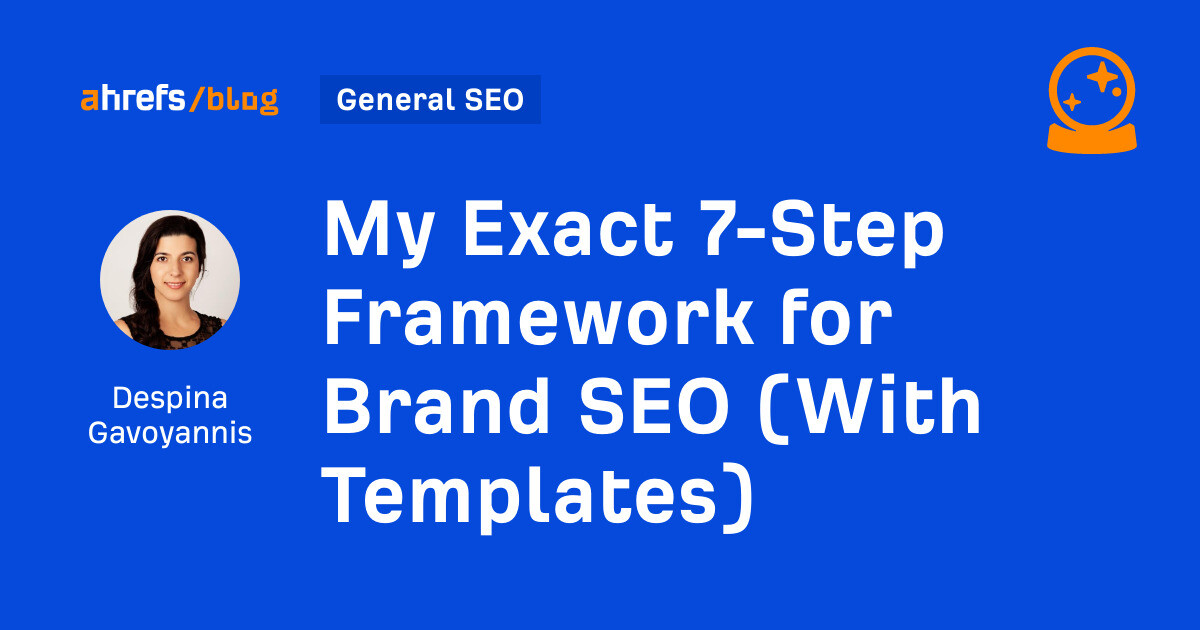
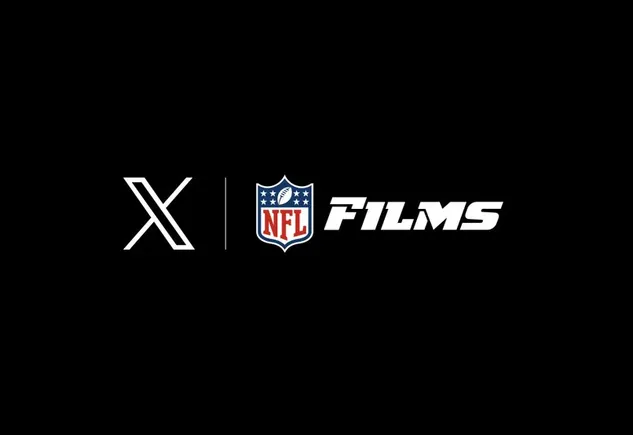

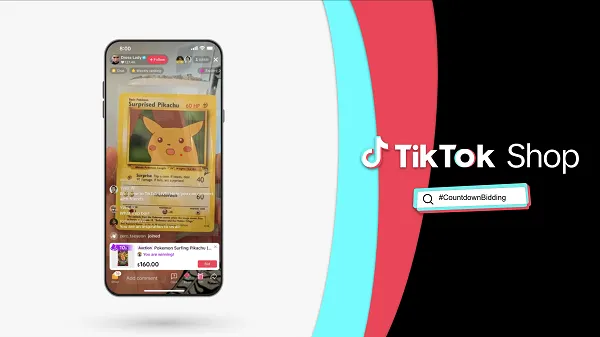

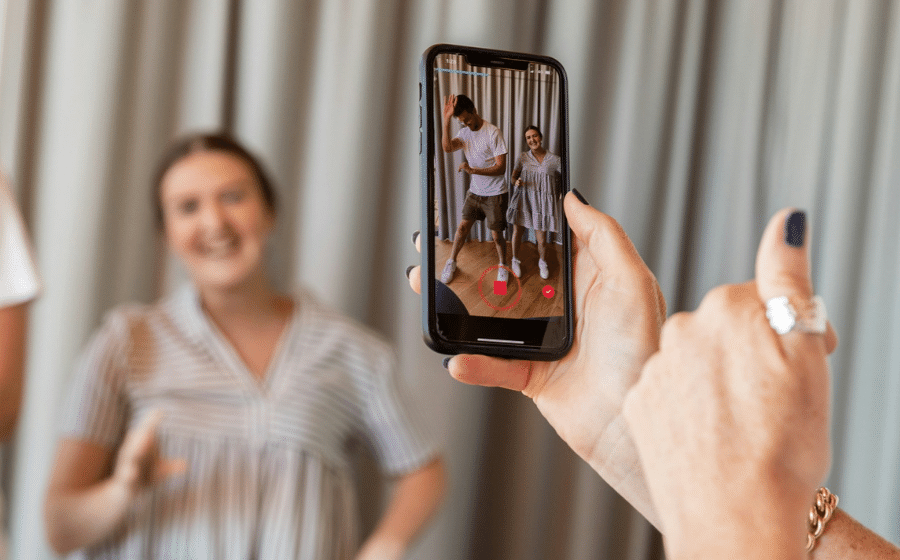












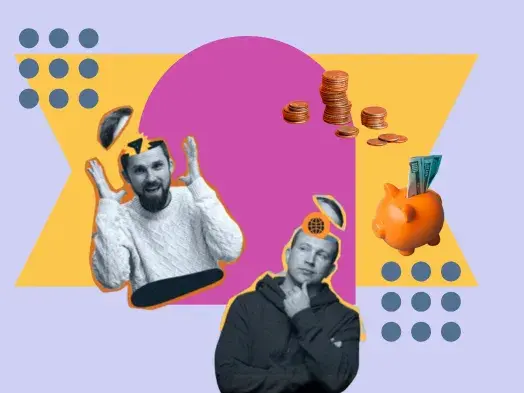



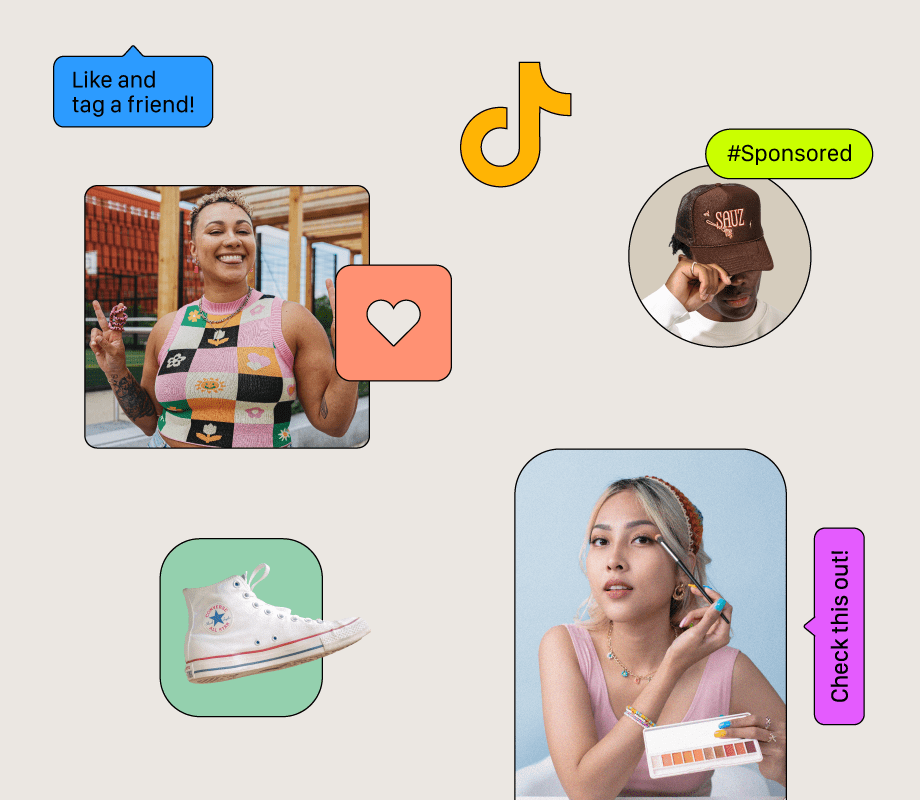

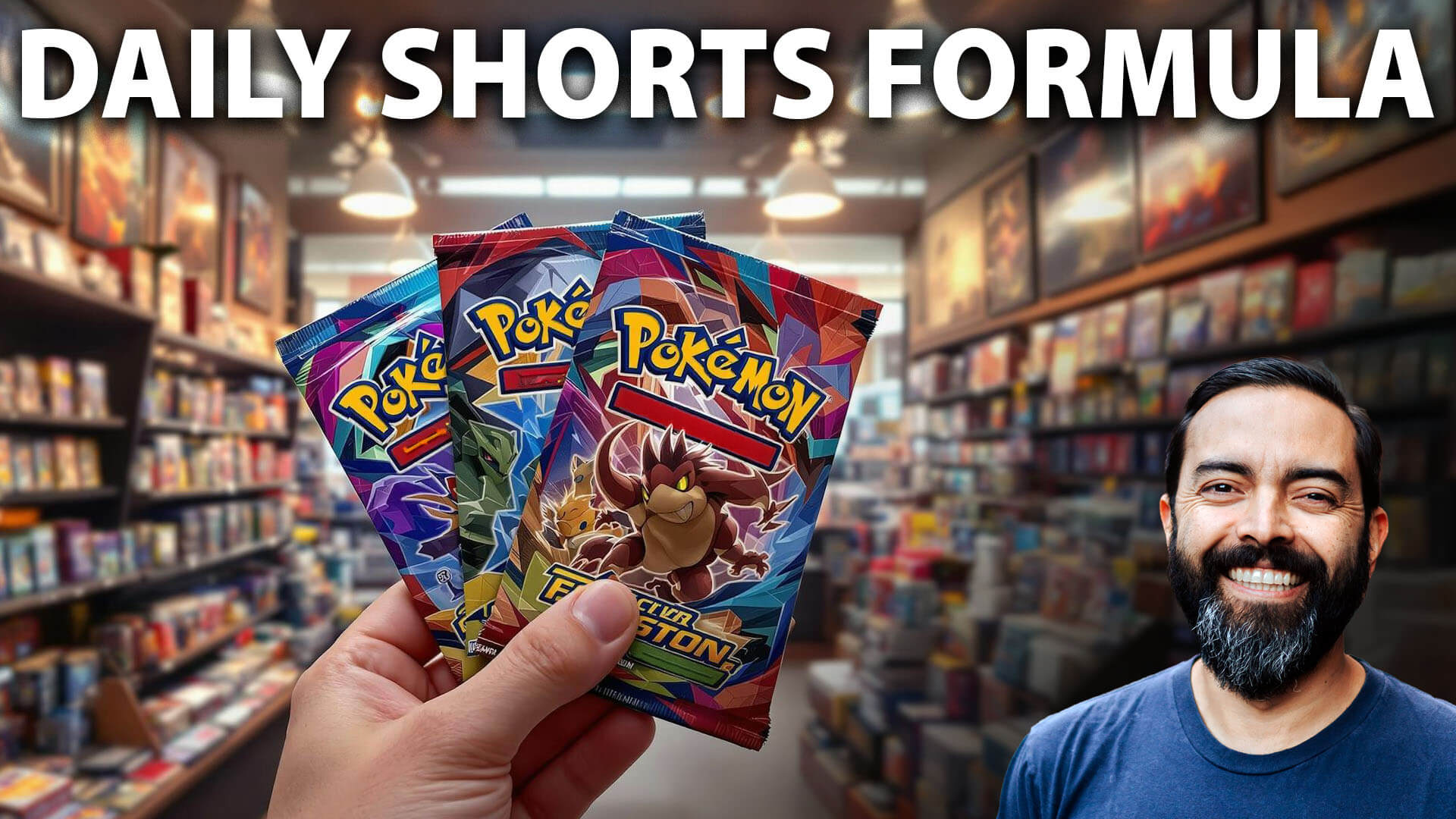






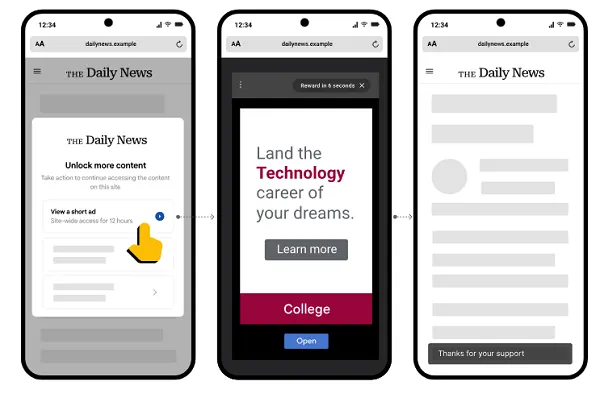


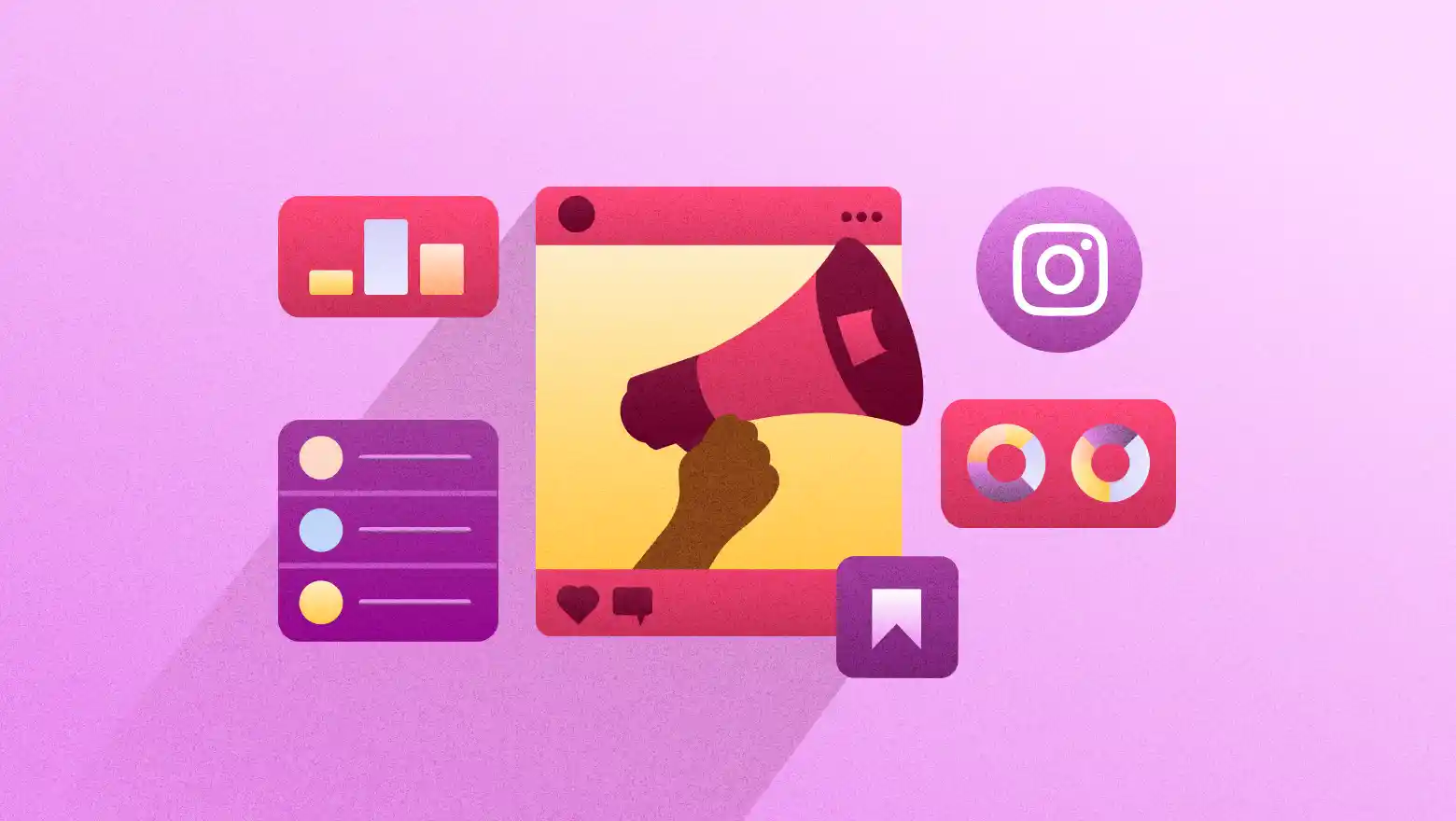
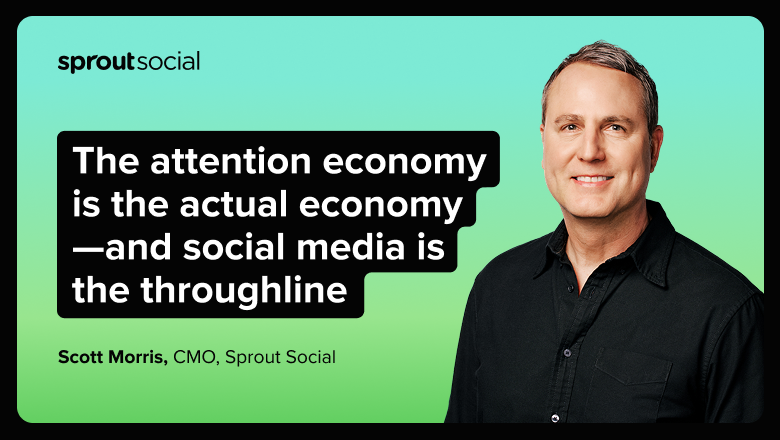

![Download Now: Free Marketing Plan Template [Get Your Copy]](https://no-cache.hubspot.com/cta/default/53/aacfe6c7-71e6-4f49-979f-76099062afa0.png)
![The HubSpot Blog’s AI Trends for Marketers Report [key findings from 1,000+ marketing pros]](https://www.hubspot.com/hubfs/state-of-AI-1-20240626-53394.webp)
![8 ways to use AI in digital marketing [+ examples]](https://www.hubspot.com/hubfs/Google%20Drive%20Integration/ai%20marketing_32023-4.png)